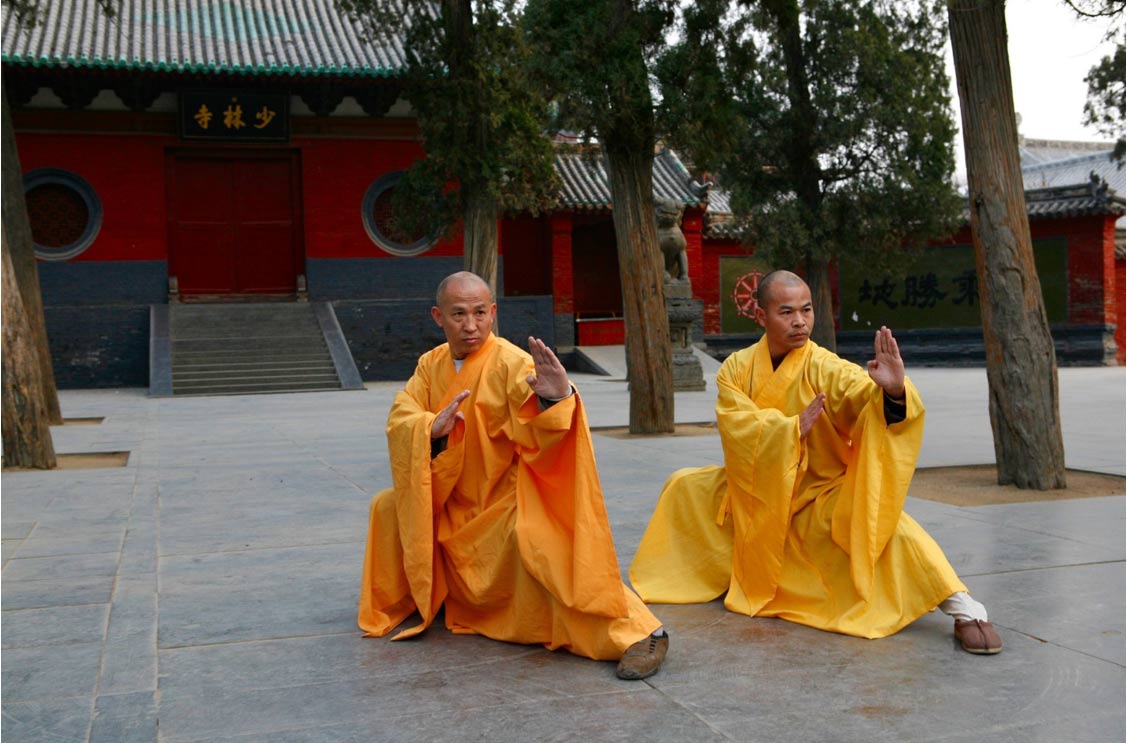
Ng Mui - The Nun Who Invented the Martial Arts Wing Chun
Although they are rarely mentioned, accounts of female warriors in history are increasingly researched and studied. Among the most well-known historical figures are Hua Mulan of 6th century China, Itagaki of 13th century Japan, the Celtic queen Boadicea in 1 CE and Joan of Arc of 15th century France. Of martial artists, however, the accounts are rarer still, and generally become a mix of historical facts and legends. One such story is the Shaolin Abbess Ng Mui, her student Yim Wing Chun, and their roles in the conception of a martial art called the Wing Chun Kung Fu.
It is widely accepted that Wing Chun Kung Fu originated during the 17th century as a more concise version of the rigorous and complex art forms taught in the Shaolin Temple of Southern China. It then evolved into a very popular Chinese martial art of Wing Chun, which literally means “everlasting springtime”. Wing Chun Kung Fu, therefore, means “everlasting springtime achieved through great effort.”
Although Ip Man is widely credited for bringing awareness to the style and made it famous, the originator of Wing Chun was a woman. She was Shaolin Abbess Ng Mui, a master of Shaolin Kung Fu who used this knowledge to invent a way to take advantage of the weaknesses found in other Shaolin systems.

The Pagoda forest, about 300 meters west of the Shaolin temple in the Henan province, China. (Wintran,CC BY 2.5)
Thus, understandably, in its time this new system was well-guarded and passed on to only very few students. This style became known as Wing Chun, after Ng Mui's first student, also a woman, named Yim Wing Chun.
The Birth of a Resistance
In 1644, with inside help from a Ming general, Manchurian invaders from northern China penetrated the Great Wall. Occupying Beijing, the Manchurians ousted the ruling Ming Dynasty, and established the Qing Dynasty. While they went on to control the rest of China for 267 years, anti-Qing sentiment continued over much of their rule. Renowned for its Kung Fu, the Shaolin Temple became a secret haven for many anti-Manchurian rebels.
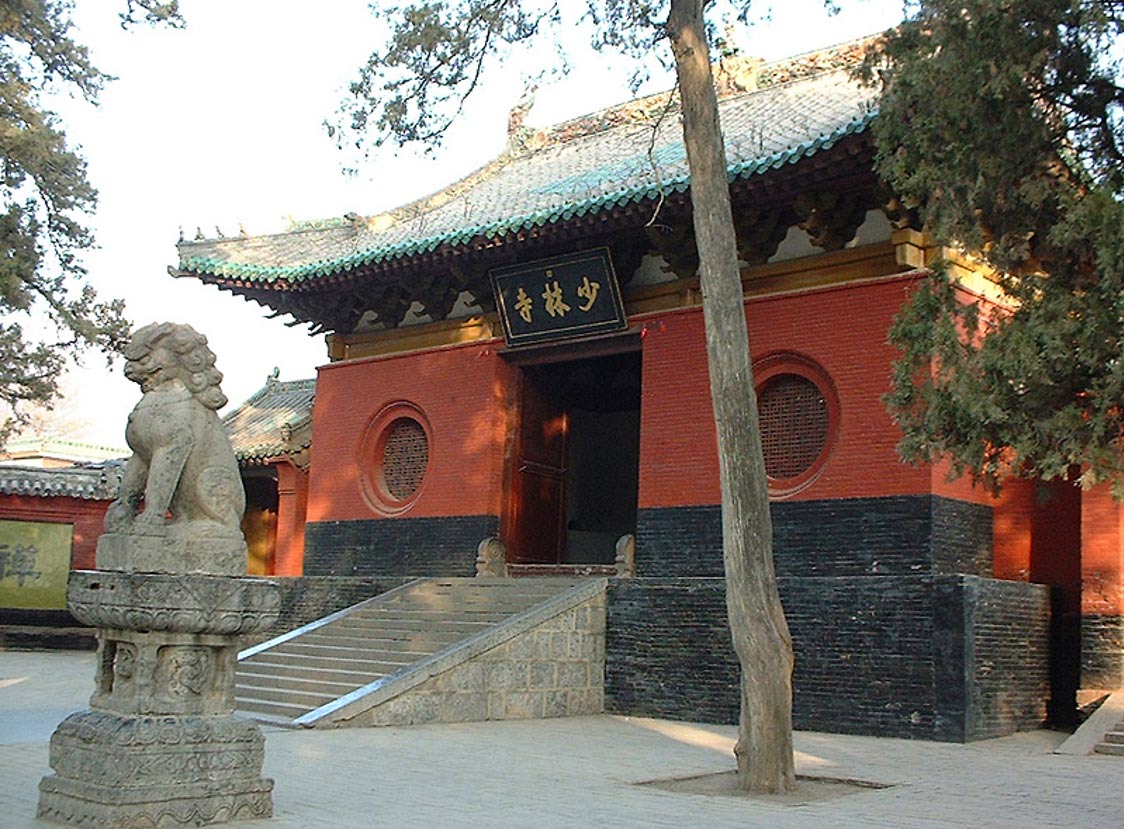
The calligraphic inscription that hangs over the main gate of the Shaolin Monastery was written in the Kangxi Emperor's own hand. (CC BY-SA 3.0)
To develop Kung Fu and maintain traditions, the Shaolin Monastery invited known Masters and other individuals as teachers and mentors. Due to the increasingly urgent requirement for the people of Ming to be able to defend themselves when required, five of China's grandmasters of martial arts, known as the “Five Ancestors”, came to the monastery to devise a form of Kung Fu that would not take as long to learn as the traditional Shaolin styles. They then went on to discuss the merits of each of the various forms of Kung Fu, in order to choose the most efficient techniques from each style and combine them in developing a form with a shorter learning period. Traditionally, the preparatory training of classic Shaolin styles of Kung Fu took 15 to 20 years for each person to master. A training program was then devised by the Five Ancestors which would develop an efficient martial artist in five to seven years, one-third the original time.
The new martial art system was proven to be effective. During the reign of Emperor Kangshi of the Qing Dynasty (1662-1722), the Kung Fu styles of Shaolin became stronger and more prominent in the Shaolin Monastery of Mt. Song, in Hunan Province.
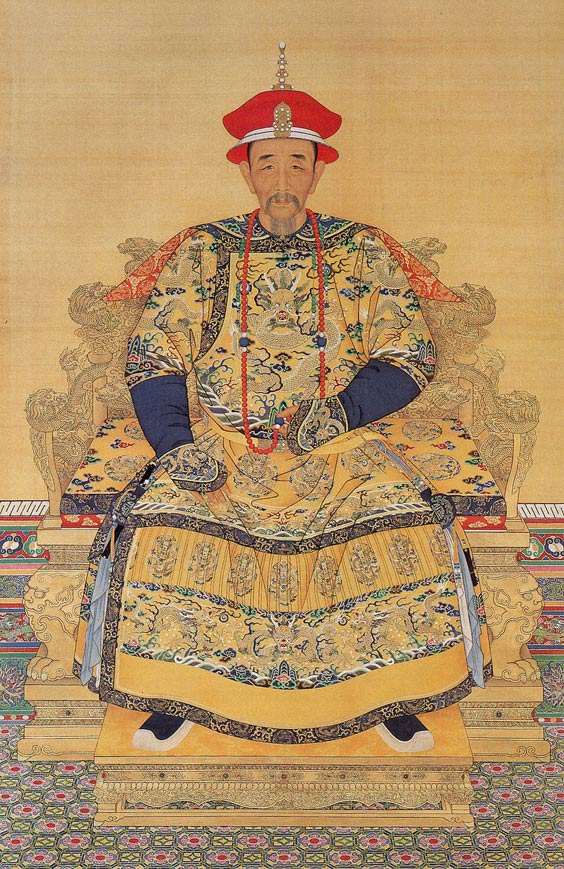
Portrait of the Kangxi Emperor in Court Dress. (Public Domain)
Hearing this, the Manchurian government sent troops to attack the Monastery, which proved to be unsuccessful. However, for their second attempt, they enlisted the aid of a Shaolin monk, Ma Ning Yee, and others who were persuaded to betray their companions by setting fire to the monastery while soldiers attacked it from the outside. The Shaolin Monastery was burned down, and the monks and disciples scattered. Abbess Ng Mui, Abbot Chi Shin, Abbot Pak Mei, Master Fung To Tak and Master Miu Hin, the five grandmasters who gathered at the Shaolin Monastery, escaped the devastation and went their separate ways. Each of the Five Ancestors were now experts in not only the traditional Shaolin styles, but also in the shorter form which they devised as a group. Each of them infused their individual styles and perfected this new technique in their subsequent journeys.
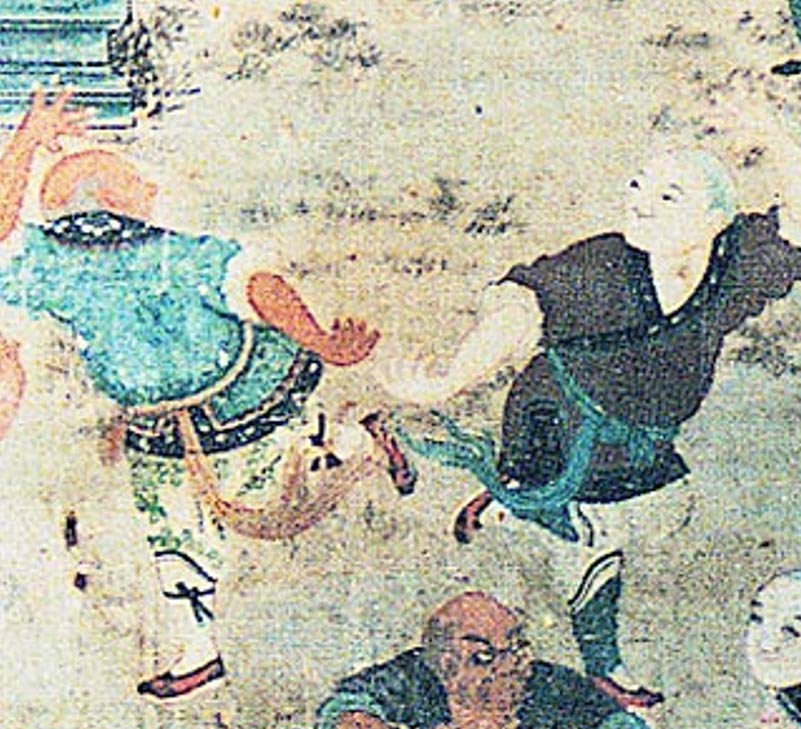
Depiction of fighting monks demonstrating their skills to visiting dignitaries (early 19th-century mural in the Shaolin Monastery). (Public Domain)
Many styles of Kung Fu trace their lineage to these "Five Ancestors." However, due to these circumstances, the origin of Wing Chun and many of the styles which emerged in this time period lack consistent records as the martial arts practitioners were forced into hiding.
The Many Legends of Ng Mui
The true identity of Ng Mui Si Tai (Five Plums Nun), the only female practitioner of the Five Elders, has been under debate within Chinese Martial Art circles for hundreds of years. Legends and stories of her origins varied. According to the oral tradition of Wu Mei Pai, Abbess Ng Mui was born Lu Si Neung, the daughter of a Ming general who was sent away by her father to the south when the Ming dynasty was on the verge of falling to the invading Qing, to survive and carry on the family traditions. This would have made her a young woman in 1648. In this tradition, Ng Mui was already an accomplished martial artist who fully developed her practical style in the Forbidden City. She invented the patterned upturned logs to develop her balance and leg strength, an equipment still used in Wing Chun training centres today. She took refuge in the White Crane Temple (which this legend locates in Kwangsi Province, instead of the Shaolin Temple in Hunan Province), and became an anti-Qing rebel, teaching her style only within the temple, using very fast counter attacks, and effective movements from Bodhidharma and Qigong.
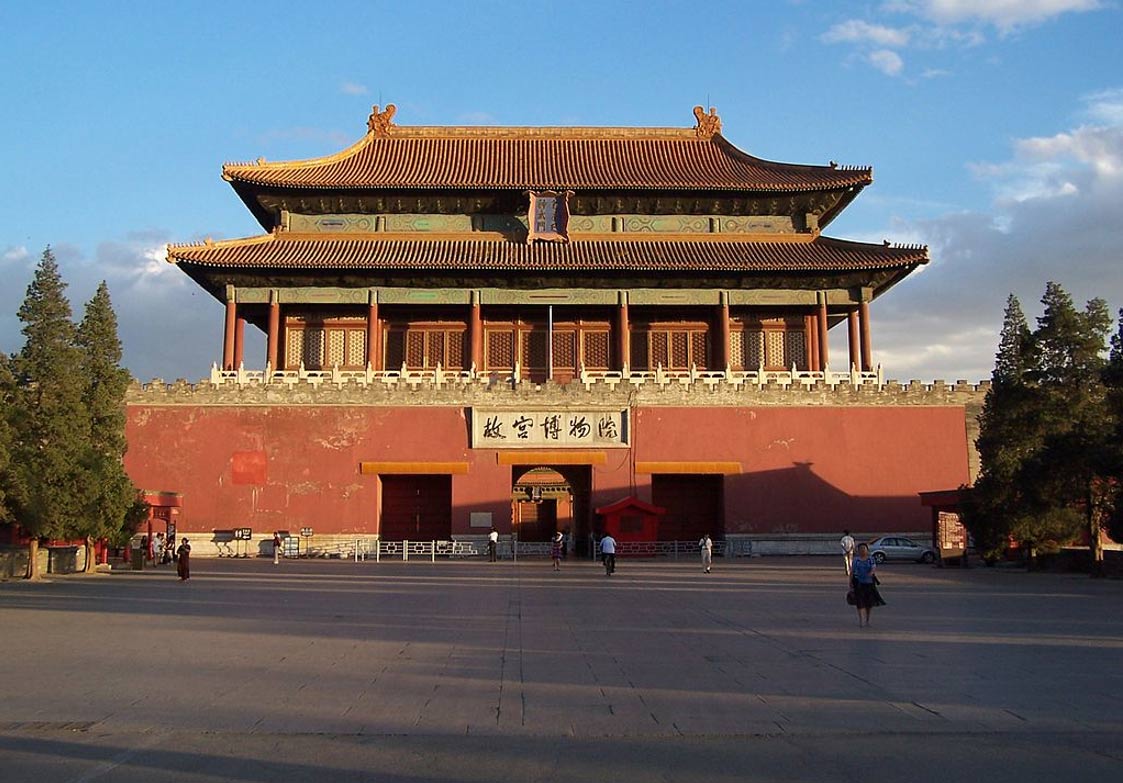
Shenwumen Gate of Forbidden City, Beijing. (CC BY-SA 3.0)
This style is said to evolve into the White Crane Kung Fu, a style Ng Mui is largely credited for creating. The White Crane Kung Fu became regarded as one of the deadliest form of Kung Fu in the entirety of China at the time. It became so deadly that it was the style of choice for people trying to kill highly skilled master martial artists. Ng Mui had managed to invent a style of Kung Fu that could kill the top martial arts practitioners of the age.
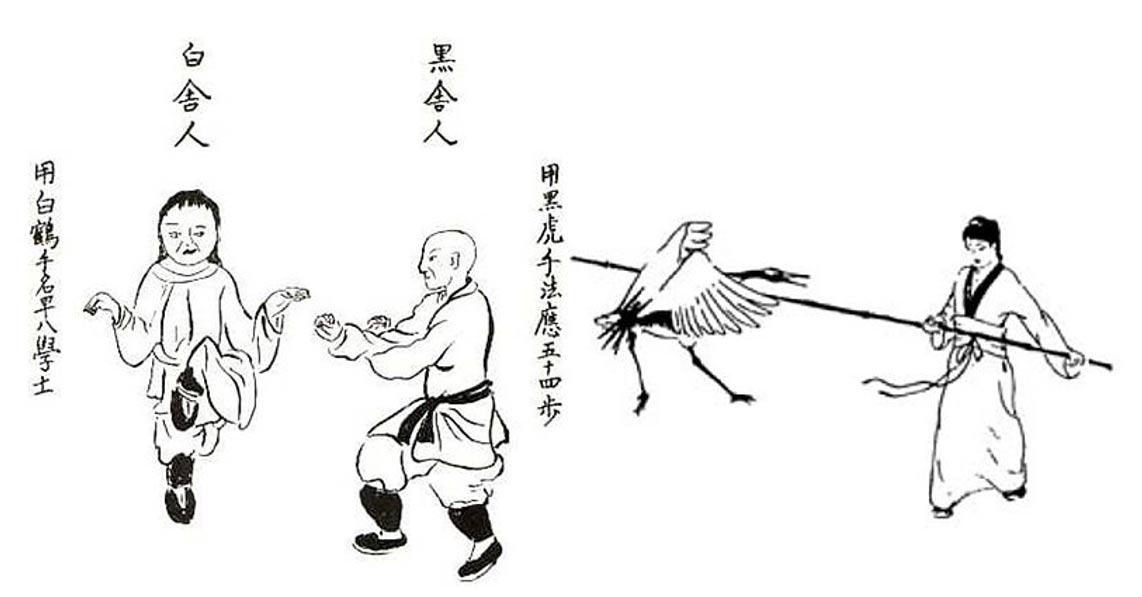
White Crane, Kung Fu, Guan Fa (Public Domain)
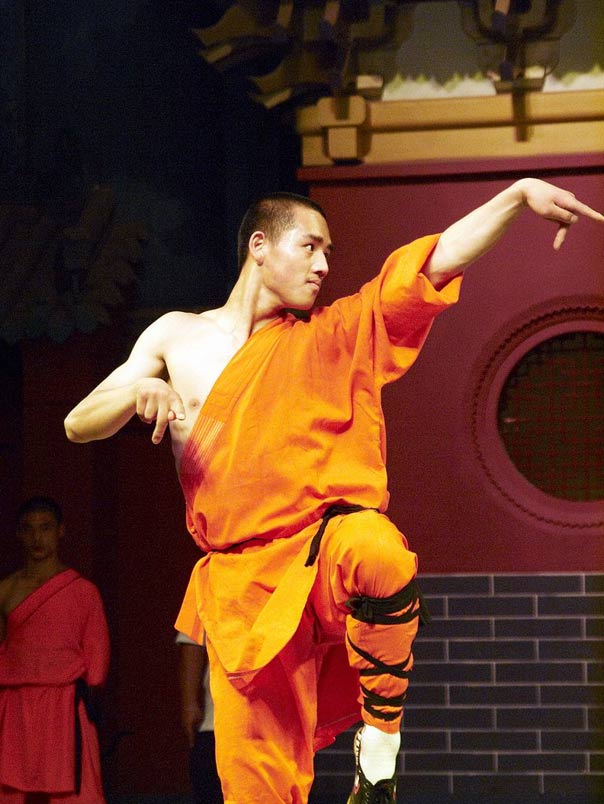
A shaolin student doing a Kung Fu moves. (CC BY 2.0)
Saddened by the knowledge that her beloved Kung Fu was being used for murder, Ng Mui promised herself that she’d invent an even deadlier and more powerful style to counter it.
Beauty and the Beast
She then left the White Crane Temple and travelled to Mount Tai Leung. It was there where she met Yim Yee and his 15-year-old daughter Wing Chun. Yim Yee told her of their troubles. Wing Chun's beauty had attracted the attention of a local bully who tried to force Wing Chun to marry him, and his continuous threats became a source of worry for Wing Chun and her father. Ng Mui took pity on Wing Chun and agreed to teach the young girl some fighting techniques so she could protect herself. With her father’s blessing, Wing Chun followed Ng Mui into the mountains and began to learn Kung Fu. With Wing Chun as her student, Ng Mui devised another form of martial arts which combined all that she has learned, taking into account that her student was not only a female who would not be able to rely absolutely on brute strength like her male students at the temple, but an absolute beginner who needed to quickly learn how to effectively defend herself and her family. Under her guidance, Wing Chun trained night and day, until she mastered the techniques. Wing Chun then challenged the bully to a fight and beat him.
As Wing Chun largely inspired this new style, Ng Mui named the style after her. The style she has devised for her first female student became known as Wing Chun Kung Fu—commemorating not only the name of her student, but her own hope for the use of this style which is an “everlasting springtime achieved through great effort.” Before Ng Mui left to travel the country, she told Wing Chun to honor the Kung Fu traditions, develop her Kung Fu after her marriage, and help the people working to restore the Ming Dynasty.
Snake and Crane
That was only one of the many versions of Ng Mui and Wing Chun’s story. The most widely accepted version of the story of Ng Mui is the one accepted and told by Ip Man, who is highly regarded as the greatest and most insightful teacher of Wing Chun. Ip Man maintained that when the Shaolin Temple of Mount Song, in the Hunan Province was burned, the Five Ancestors, including Ng Mui, survived and escaped to various places. Ng Mui was said to have sought refuge in the distant White Crane Temple, on the borders of Yunnan and Sichuan provinces. In this version, one day her practice was interrupted by a snake and a crane locked in combat. Ng Mui watched the two graceful animals and came to admire their fighting methods. She then began to incorporate the unique strengths and tactics into her already well developed martial skills, creating a new method.
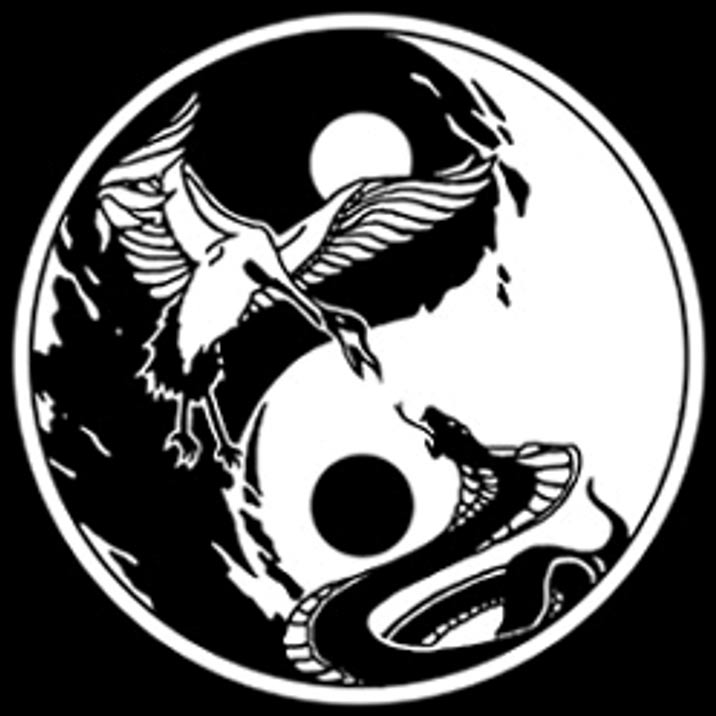
Crane and Snake (CC BY SA)
Later, in the village below, she met Yim Yee and his daughter Wing Chun, from whom she often bought bean curd, on her way home from the market. At fifteen, with her hair bound up showing she was of an age to marry, Wing Chun’s beauty attracted the attention of a local bully. Ng Mui then taught Yim Wing Chun fighting techniques so she could protect herself and beat the bully. Wing Chun eventually married Leung Bok Lau, a salt merchant from Fukien, who was also a proficient martial artist and taught him the techniques she learned from Ng Mui. When Wing Chun died, her husband named the style after her.
Another legend cites a man as Ng Mui’s first student. The legend says that Ng Mui, already in Shaolin, taught her own style, combining the best qualities of Emei and Shaolin Kung Fu. Unbeknownst to Ng Mui, one of her best students happened to be a Manchurian spy who conspired against the Ming government by teaching the techniques taught to him by Ng Mui to the Manchu officers. After learning this, Ng Mui decided to create another style specifically devised to deprive the Manchu of their advantage. She then developed a new fighting concept, excelling her own Shaolin version in speed, strength and refined control. The new style’s moves were more economical, using less rough muscular strength, but the soft-hard strength of tendons, making this style efficient, natural and comfortable for a female practitioner and unfamiliar to a lot of male practitioners as they martial artists of the time tended to rely heavily on their brute strengths. However, she was again betrayed. An ambitious former student of Ng Mui wanted to remain the only possessor of this style. He therefore found Ng Mui and challenged her. Ng Mui’s new technique was proven to be powerful as she killed her treacherous student.
Having tried this new unique system of martial arts and with a bounty on her head for killing her former student, Ng Mui left the Shaolin Monastery. Constantly in hiding, she wandered around the south provinces, keeping each of her visits short to avoid staying anywhere for any length of time. Once in Yuanzhou, on the border of Jiangxi and Guangdong, she met Miu Shin, a former Shaolin monk and a martial arts Master who was, at the time, trading in healing herbs and remedies. He offered Ng Mui his hospitality and Ng Mui stayed safely in Yuanzhou for several years. During that time, she taught Miu Shin her unique Kung Fu. Miu Shin then combined Ng Mui style with his own Snake style, developing his own style. His new style had no name at this stage, although several sources say that this style was called Buddha Hands’ Fist. Miu Shun taught this special technique to his sworn brother named Yim Yee, who then taught it to his daughter Yim Wing Chun and her husband Leung Bok Lau. Leung Bok Lau went on to teach the early version of Wing Chun to an opera troop for performance purposes.
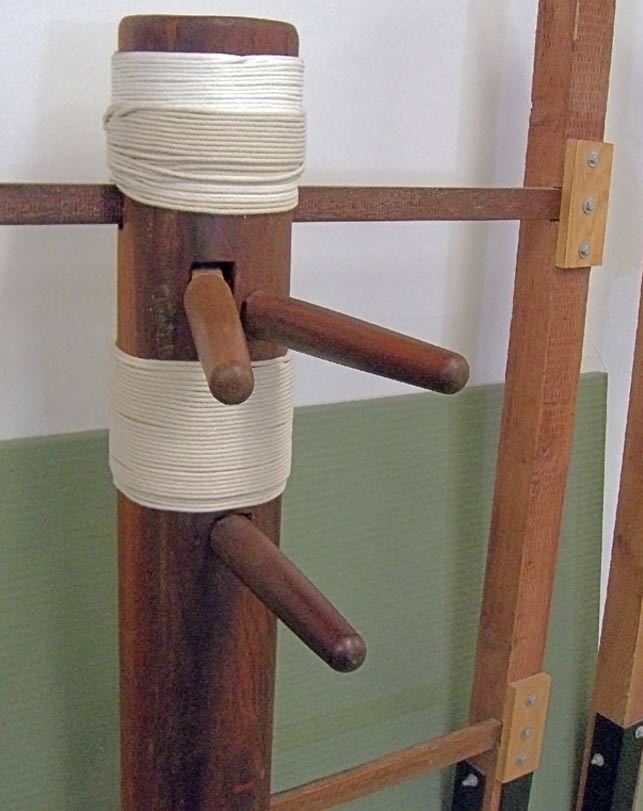
Kung Fu wooden dummy - mu ren zhuang- used for training and practice. (CC BY 2.5)
Other legends of Ng Mui say that Lu Si Neung (the young Ng Mui) was the swordswoman who assassinated the Qing Emperor Yong Zheng to avenge her family’s massacre. Ng Mui also appeared in the classic stories of the martial hero Fong Sai Yuk, which take place at the end of the 18th century, giving her 150 years of martial arts career. Some research suggests “Ng Mui” was a fictional cover for Chan Wing Wah or a person nicknamed “White Crane Taoist”, who was a revolutionary from the 1670′s.
The Development of Wing Chun Kung Fu After Ng Mui
According to Ip Man, after her marriage, Wing Chun taught Wing Chun Kung Fu to her husband Leung Bok Chau, who in turn taught these techniques to his student, Leung Lan Kwai. Leung Lan Kwai then passed them on to Wong Wah Bo, an actor in a performing arts group known to the Chinese as the Red Junk Opera Troupe. Coincidentally, Abbot Chi Shin, another one of the Five Ancestors who fled from Shaolin, had disguised himself as a cook and was at the time working at the Red Junk. Chi Shin taught the Six-and-a-half-point Long Pole techniques to Wong Wah Bo. Wong Wah Bo improved on the Wing Chun techniques he has learned, and thus the Six-and-a-half-point Long Pole was incorporated into Wing Chun Kung Fu.
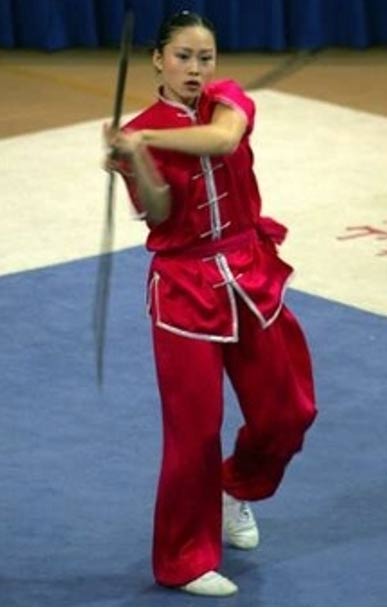
Woman practices Wushu (traditional Chinese meaning “martial art”). (Fair Use)
Wong Wah Bo then went on to teach this improved technique to Leung Jan, a medicine man who in turn became famous for his skill in Wing Chun Kung Fu. Leung Jan opened an herbal shop in Fatshan, where he practiced medicine and taught Wing Chun at night to Chan Wah Shun who later became the teacher of Ip Man.
Ip Man
It so happened that Chan Wah Shun taught his eleven students in a spacious Mulberry Gardens, the ancestral home of the rich Ip family. Ip Man, the son of the house, was at that time being bullied at school. Therefore, he begged Chan Wah Shun to teach him. At a very young age, Ip Man then became the twelfth and final student of Chan Wah Shun. Like Yim Wing Chun two hundred years before him, Ip Man first learned Wing Chun to overcome bullying.
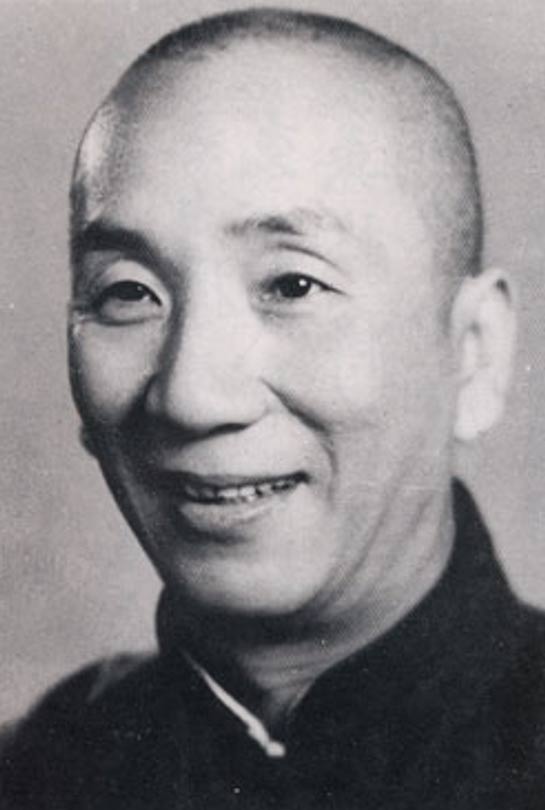
Chinese Martial Artist Ip Man (1893 – 1972) (Public Domain)
When the World War II broke out, the Ip family lost most of their fortune to the ravages of war. Despite ultimately winning the war, the Nationalist Chinese government was defeated by the communists. Fearing for his family’s safety, Ip Man took his family to Hong Kong, where he started teaching Wing Chun openly and introduced the technique to the public.
Even in the 1940s there have been disputes about the original inventor of Wing Chun. Theories of who Ng Mui really was were exchanged and met with a lot of disbelief. It was not common that a woman would learn martial arts, let alone be proficient enough to invent a new style. Therefore, Wing Chun Kung Fu was met with some skepticism. Even Ip Man himself, when he started teaching publically in Hong Kong, changed the name of Wing Chun Kung Fu and called his style the "Foshan Fist," after his home in Foshan, China, since "Wing Chun Fist" sounded too feminine. It was not until he took his third student that he started calling the technique in its original name. Later, his son, Ip Chun, himself also a Wing Chun grandmaster, favored the theory that “Ng Mui” was a fictional cover for Chan Wing Wah, a Ming revolutionary from the 1670′s.
In 1949, Ip Man gained a lot of attention as the grandmaster of modern Wing Chun. The Kung Fu gained a lot of popularity in Asia as well as in western countries when the legendary Bruce Lee became one of its most renowned Wing Chun practitioners.
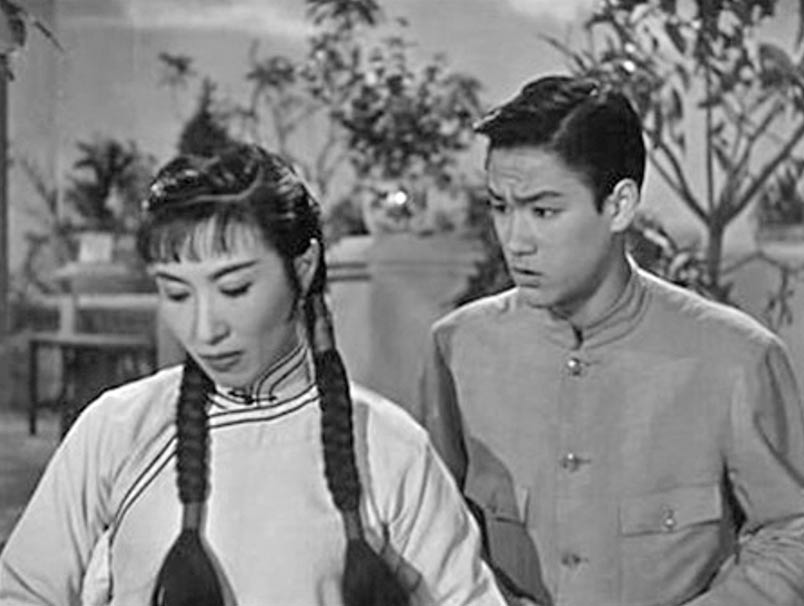
A young Bruce Lee, famous Wing Chun practitioners. (Public Domain)
Featured image: Two grandmasters of the Shaolin Temple Shi DeRu (Shawn Xiangyang Liu) and Shi DeYang (Shi WanFeng) who are two decedent disciples of the late Great Grand Master of the Shaolin Temple Shi SuXi (aka: His Holiness Upper Su and Lower Xi). (CC BY-SA 3.0)
References
“Ng Mui” (2015) International Wing Chun Academy. WingChun.edu.au. https://www.wingchun.edu.au/the-academy/lineage/ng-mui
“What is Ip Man Wing Chun?” (2016) Ip Man Wing Chun. KwokWingChun.com. http://www.kwokwingchun.com/
Jennings, G., Brown, D., Sparkes, A.C., “'It can be a religion if you want': Wing Chun Kung Fu as a secular religion”, Ethnography, Vol. 11, No. 4 (December 2010), pp. 533-557
Nower, J., “Martial Arts & Feminist Awareness: A Plausible Explanation of Origins”, Off Our Backs, Vol. 37, No. 2/3 (2007), pp. 28-31
Yip Man, “The Origin of Wing Chun”. Planet Wing Chun. WingChun.com http://www.wingchun.com/history.html
Sifu David Berman. (2016) “The Founder Wu Mei”. WuMeiGongFu.com http://www.wumeigongfu.com/founder_wu_mei.html
“Wing Chun (Wing Tsun) Information”. (2014) WinChunInfo.com http://wingchuninfo.com/
Alan Mynett. (2009). “Wing Chun Kung Fu”. Wing-Chun-KungFu.com http://www.wing-chun-kungfu.com/wing-chun-history.htm
“Wing Chun Kwoon History”. (2016) WingChunKwoon.com http://www.wingchunkwoon.com/wing-chun/history/
“Wing Chun Masters History”. (2016) WingChunMasters.com http://wingchunmasters.com/history
“The History of Wing Chun”. (2014) WingChunOnline.com http://www.wingchunonline.com/resources/the-history-of-wing-chun/
“Ng Mui Si Tai - (Lui Sei-Leung)”. (2015) Everything Wing Chun. WingChunPedia.org http://www.wingchunpedia.org/pmwiki/pmwiki.php?n=WCP.NgMui